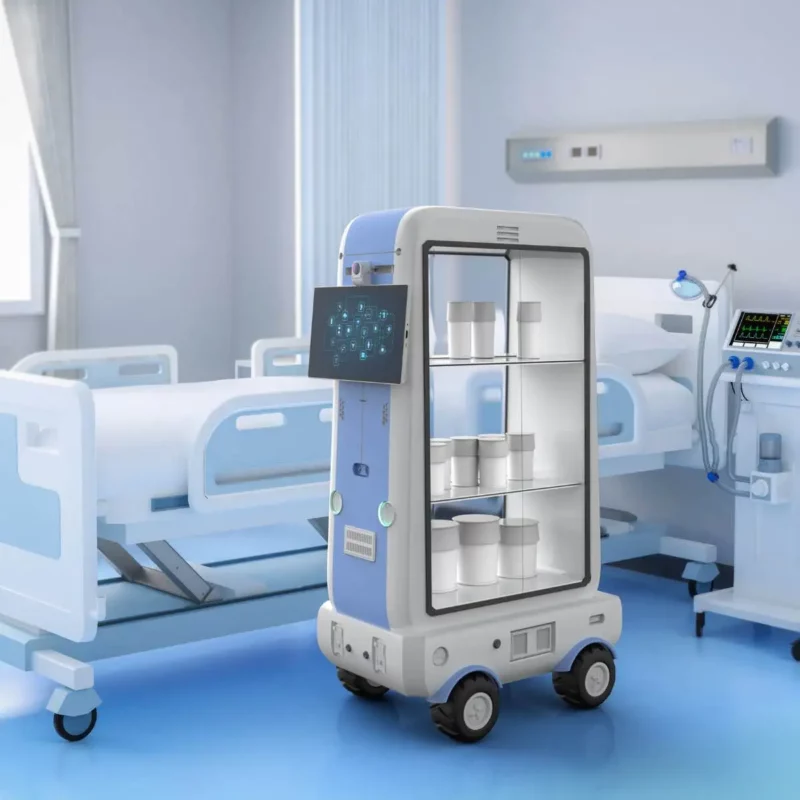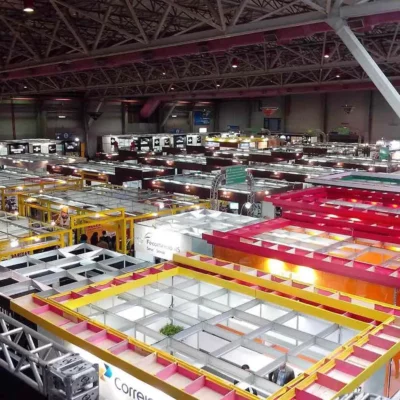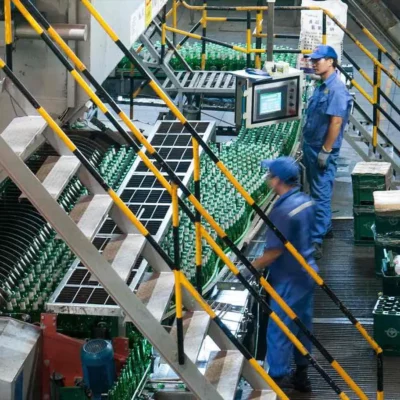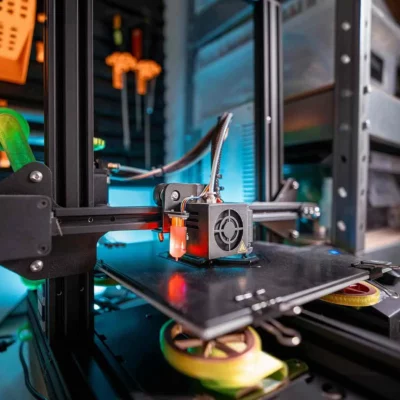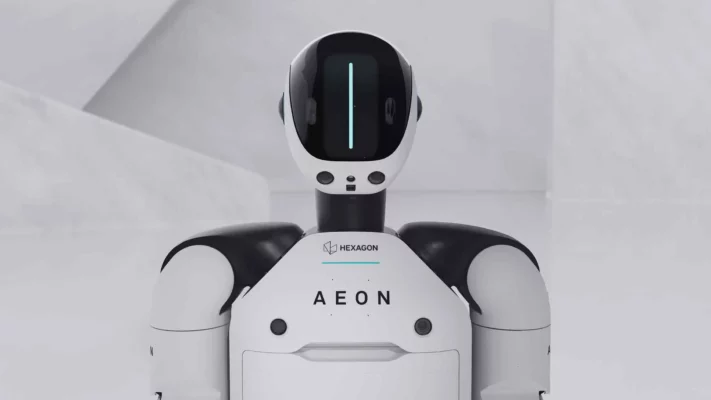Service robots are becoming more common in industries like yours, from hospitality to healthcare. But before you invest, you need to know what you’re paying for. How much does a service robot cost? It’s not just the initial price. You also have to think about setup, maintenance, and software fees. In this article, you’ll get a clear breakdown of these costs, helping you make the right choice for your budget and needs. Whether you want to cut labor costs or improve efficiency, understanding the full cost is the key to making a smart investment.
Understanding the Types of Service Robots:
What are Service Robots?
A service robot is built to handle tasks that directly help you in your business. Unlike industrial robots, these work in places like hotels, hospitals, and stores. They interact with people and take on jobs that are repetitive or take up too much time. Using service robots can help you run your operations more smoothly and give your customers a better experience.
For a deeper read of Service Robots: What are Service Robots? Beginner’s Guide
Different Categories & Their Uses:
- Hospitality Robots:
In hotels and restaurants, service robots can deliver food, guide guests, and even manage check-ins. They help you serve your customers more efficiently and free up your staff for other important tasks.
- Healthcare Robots:
In healthcare, service robots assist with patient care, deliver medication, and support your medical staff. They can reduce the strain on your team and make sure patients get timely care.
- Retail & Customer Service Robots:
In retail, these robots work as in-store assistants. They help your customers find products, answer questions, and keep track of inventory. This can improve the shopping experience and make your store run more smoothly.
Price Ranges for Each Category:
Service robot prices vary based on what they can do. Expect to pay anywhere from $10,000 to $60,000 or more, depending on the robot’s features and capabilities.
Initial Purchase Costs:
Factors Influencing Purchase Price:
Robot Capabilities:
The price of a service robot depends on what you need it to do. If you’re looking for a robot with advanced AI, good mobility, and a high level of autonomy, be prepared to pay more. These features allow the robot to handle complex tasks and operate with less supervision, which can be a big advantage for you.
Brand & Manufacturer:
The brand you choose also affects the cost. Well-known brands like Pudu Robotics and SoftBank Robotics often come with a higher price tag. You might pay more, but you’re also getting reliability and strong customer support from these established companies.
Examples of Popular Service Robots & Their Prices:
To give you an idea, the Pudu Robotics BellaBot, which is popular in hotels and restaurants, costs around $20,000. Another example is SoftBank Robotics’ Pepper, which can cost over $30,000, depending on the features you need. Prices can vary based on what you want the robot to do and how it fits your business.
Need help calculating your service robot’s total cost? Qviro’s AI Assistant, Alina, gives you a quick, tailored estimate. Get started now.
GET YOUR FREE ESTIMATE WITH ALINA NOW!
Additional Costs to Consider:
Installation & Setup:
When you buy a service robot, the initial price is just the beginning. You’ll need to set aside funds for installation and setup. This includes getting the robot up and running in your space and making sure it works with your existing systems. Setup costs can range from $2,000 to $5,000, depending on how complex the installation is. If your robot needs to connect with other equipment or software, you might need to budget even more.
Maintenance & Repairs:
Keeping your robot in good shape requires regular maintenance. This helps you avoid expensive breakdowns. You should expect to spend about 10% to 20% of the robot’s purchase price each year on maintenance. For more advanced robots, maintenance might cost you an additional $5,000 to $10,000 per year, especially if you need specialized technicians.
Software & Subscription Fees:
Some robots need ongoing software licenses or subscriptions to operate fully. These can add another $500 to $2,000 per year to your expenses, depending on what the robot needs to do.
Training for Staff:
Your team will need training to operate and troubleshoot the robot. Training costs usually range from $500 to $1,500, depending on how much your staff needs to learn. Proper training ensures your team can use the robot effectively and handle minor issues on their own.
When planning your investment, make sure you account for these additional costs to ensure everything runs smoothly.
Long-Term ROI (Return on Investment):
Labor Cost Savings:
When you compare the cost of hiring workers to the cost of a service robot, the savings can add up quickly.
For example:
A restaurant server earns around $25,000 per year, while a service robot like the BellaBot costs about $20,000 upfront. While the initial cost of the robot is higher, you won’t need to worry about paying for breaks, benefits, or overtime. Over a few years, the savings on labor costs can more than cover what you spent on the robot. Plus, robots reduce the chance of mistakes, saving you even more in the long run.
Increased Efficiency & Productivity:
Service robots can make your operations run more smoothly. They don’t get tired, so they can work faster and more consistently on tasks like delivering food, helping patients, or managing inventory. This boost in productivity can lead to better customer service and higher revenues. For example, in a retail setting, quicker service can lead to more sales and repeat customers.
Financing & Payment Options:
Leasing vs. Buying:
When you’re considering a service robot, you can choose to lease or buy. Buying a robot can cost between $20,000 and $50,000, depending on the model. If you buy, you own the robot outright with no monthly payments. However, the upfront cost is high. Leasing spreads the cost out with monthly payments, usually between $500 and $1,500. This makes it easier on your budget, but remember, at the end of the lease, you don’t own the robot unless you decide to buy it for an extra amount.
Financing Plans:
Financing options can help you get a service robot without the large upfront cost. Many companies offer low-interest loans or payment plans that fit your budget. Some financing plans have interest rates as low as 3%, with terms up to 60 months. This can make it easier for your small or medium-sized business to invest in a robot.
Government Incentives & Grants:
You might qualify for government incentives, tax breaks, or grants to help reduce the cost. For example, in the U.S., Section 179 lets you deduct the full cost of the robot in the year you buy it, lowering your taxable income. There are also grants available, especially for businesses in manufacturing and healthcare. These can make it more affordable for you to bring a robot into your business.
For more details on financing options that fit your needs, check out our recent blog: Financing Your Robot Solution.
Conclusion:
Investing in a service robot can benefit your business by cutting labor costs and boosting efficiency. But it’s important to look at all the costs, including setup, maintenance, and training. Whether you decide to lease, buy, or explore financing options, make sure it fits your budget and long-term plans. Don’t overlook government incentives that can help lower your costs.
For personalized advice on financing and finding the right service robot for you, check out Qviro’s AI Automation Assistant, Alina.
